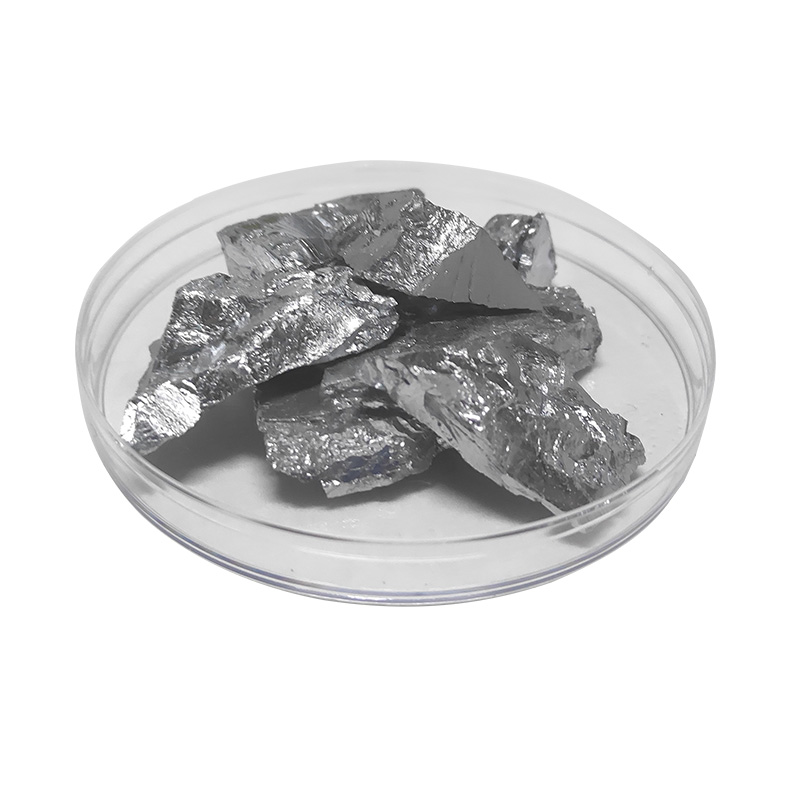High-purity metal chromium is a refined form of the element that boasts an exceptionally low level of impurities. This purity is achieved through meticulous extraction and purification processes, resulting in a material that is often more than 99.9% chromium. This high level of purity is crucial because it imparts unique properties to the metal, making it valuable in multiple sectors.
The production of high-purity metal chromium is a complex process that begins with the mining of chromite ore. This ore is predominantly composed of chromium oxide (Cr2O3) and is typically found in various regions around the world. Once extracted, the ore undergoes a series of refining steps to isolate and purify the chromium.
Roasting: The chromite ore is heated in the presence of air to convert the chromium content into a soluble form.
Leaching: The roasted ore is then subjected to chemical leaching, which separates chromium from other impurities.
Reduction: The chromium is reduced to its metallic form using carbon or aluminum.
Electrolysis: Electrolytic methods are often employed to further purify the chromium and remove any remaining impurities.
The result of this extensive refining process is high-purity metal chromium, ready for various applications.

High-purity chromium plays a critical role in the metallurgical industry. It is commonly alloyed with other metals, such as nickel, to create stainless steel. Stainless steel, renowned for its corrosion resistance and durability, is used in a wide range of applications, from kitchen utensils to the construction of skyscrapers and bridges.
In the electronics industry, high-purity chromium finds its place as a crucial component in the fabrication of semiconductors. Chromium is used in thin film deposition processes, where it creates thin layers of material on semiconductor wafers. These layers serve various purposes, including providing electrical conductivity and protecting against corrosion.
Aerospace applications benefit from the high melting point and thermal stability of high-purity chromium. It is used in the production of gas turbine engines, where it can withstand extreme temperatures and provide structural support.
Chromium compounds derived from high-purity metal chromium are used in various chemical processes. For instance, chromium catalysts are employed in the production of plastics and other synthetic materials.
High-purity chromium is also valued for its lustrous appearance and resistance to tarnishing. It is used for decorative finishes, such as chrome plating on automotive parts, faucets, and jewelry.
As industries continue to advance, the demand for high-purity metal chromium remains robust. Ongoing research and development efforts aim to improve extraction and refining techniques, making the production of high-purity chromium more efficient and sustainable.
In conclusion, high-purity metal chromium, with its exceptional properties and diverse applications, plays a vital role in modern society. From the gleaming exteriors of luxury cars to the microprocessors powering our digital devices, this refined metal silently contributes to our daily lives, exemplifying the remarkable synergy of science, technology, and industry.
Previous: Color-coated Steel Used in Residential Applications
Next: Exploring the Advantages of Framing Membrane Structures
Copyright:@2020-2021
Comments Please sign in or sign up to post.
0
0 of 500 characters used